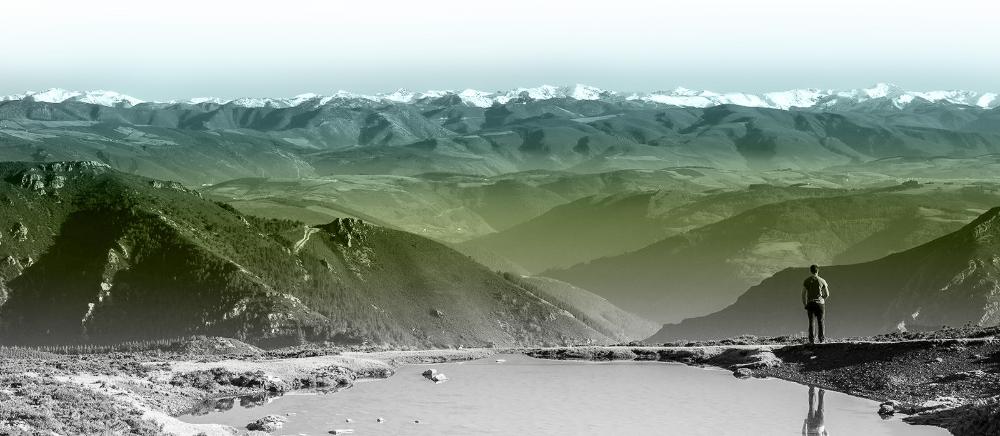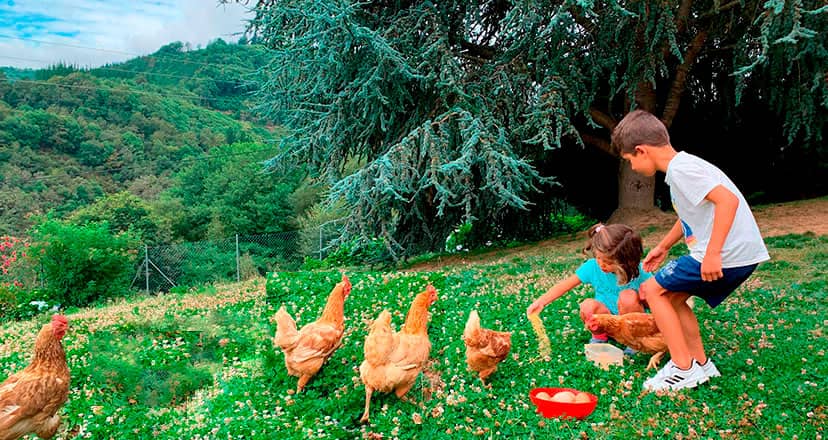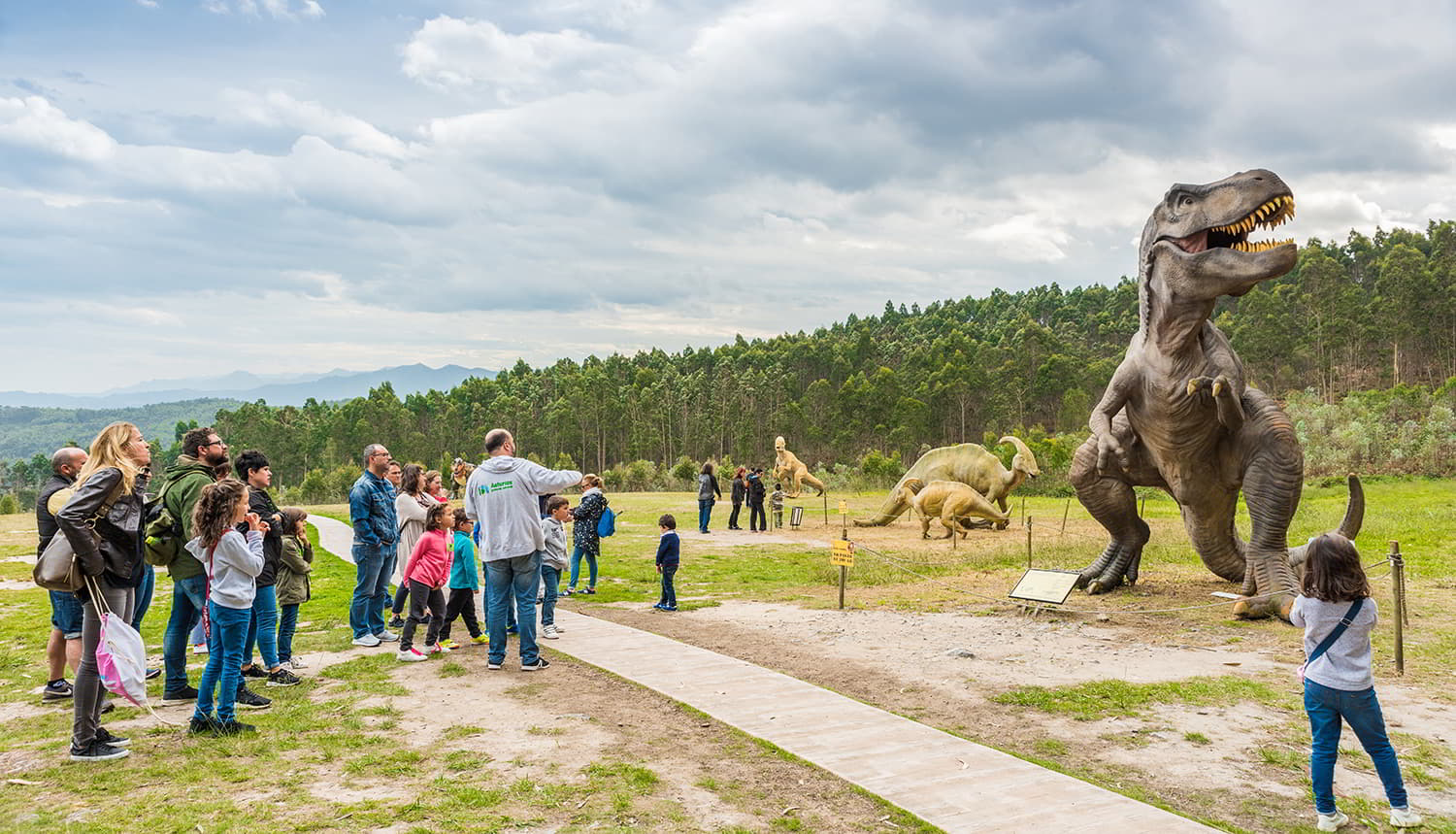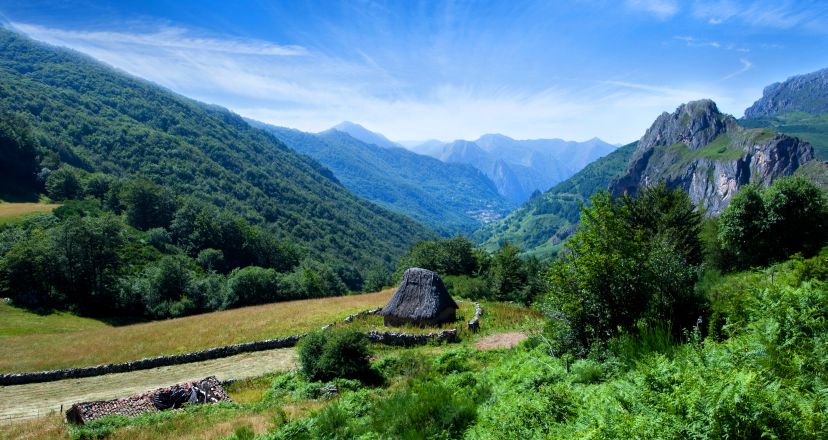Back Spaces to show animals to children in Asturias

The best places to show animals to children in Asturias
Asturias has many places to discover the local fauna with the little ones at home. Here we suggest some very interesting ones.
One of the hallmarks of Asturias is its incredible nature, as it has an enviable network of protected natural areas, including both beaches and mountains, some of which have been declared Biosphere Reserves. This is why Asturias is known as a natural paradise.
Asturias has many places to show children the local fauna. Here we suggest some very interesting ones.
Where to see animals in Asturias with children
Among the natural resources to be found in Asturias, the fauna stands out, so it is an ideal area for children to discover and observe a lot of animals.

We have travelled to Asturias with the children on many occasions and we have always taken the opportunity to show them some of the animals that live in Asturias, some of them as emblematic as the brown bear.
We believe that it is important to get to know nature in order to learn to respect and care for it, so that we can continue to enjoy it in the future.
Birds of the Villaviciosa Estuary
We love birdwatching and, if we have the opportunity, we like to watch birds in different environments to the ones we are used to.
One of the places in Asturias where we enjoyed birdwatching was the Ría de Villaviciosa, an important passageway for many species of seabirds.
To get to know this ecosystem, we went to the Interpretation Centre of the Nature Reserve of the Villaviciosa Estuary, which is located on the road from Villaviciosa to Tazones.
It is an interpretation centre specially adapted for children to understand the importance of this ecosystem and to learn about the birds that can be seen there.
After the visit, we went to one of the bird-watching points in an elevated area next to the centre, from which we could see an area of the estuary. From there we saw different species of birds such as herons, cormorants, sandpipers and curlews.

In addition, the guide advised us on the best places to see birds in this estuary, which is one of the most biologically rich in Asturias.
Przewalski's horses and European bison in the Prehistoric Park of Teverga
Looking for interesting places in Asturias to go with our children, we found the Prehistoric Park of Teverga. Here we were able to discover the origin of art and visit La Galería, an educational tour, and the Cueva de Cuevas, which is a recreation of the atmosphere of an original cave, with a replica of some areas with prehistoric paintings from three of the best caves in Europe.
But the highlight of the visit for our children was outside the museum, as we were able to see some Tarpan and Przewalski horses, European bison, Heck's aurochs, fallow deer and deer in an enclosure.

We were told that the European bison and Przewalski's horses that live there belong to a project for the conservation of these endangered species. These are two species that were abundantly represented in the Palaeolithic caves of northern Spain, and now the aim is to prevent their disappearance.
In 2014, the first European bison calf was born in this environment, something that had not occurred in Asturias for 10,000 years.
Bears in the Trubia Valleys
One of the most recommended routes in Asturias, especially with children, is the Senda del Oso, in Proaza. This route, which can be done on foot or by bicycle, runs along a greenway that takes advantage of the route of an old railway line, which was built to transport coal from Proaza and Teverga to Trubia.
If you want to walk with children, you can choose one of the sections. We did it by bike, starting in Entrago and finishing in Tuñón, as practically the whole route is downhill.
During the route we enjoyed some spectacular scenery, passing through forests, gorges, bridges and tunnels, with the Trubia River beside us.
One of the attractions of the route is the possibility of seeing two bears in an enclosure near Proaza.

The enclosure was created in 1996 to house Paca and Tola, two bear cubs rescued from a poacher who had killed their mother. As they had become accustomed to humans it was no longer possible to reintroduce them into the wild.
Tola died in 2018 due to old age, and now Paca has another companion, Molina, who was rescued after suffering a hip injury due to a fall.
Although it is not the ideal way to see a bear, as they are not found in the wild, it is a good opportunity for children to see them up close.
Brown bear in Somiedo
We have been visiting the Somiedo Natural Park for many years and the local people have told us that it was common to see bears near some of the villages in the area. This environment is one of the few places in the Cantabrian Mountains chosen by the brown bear to live.
We had never been lucky enough to see them in the wild, so the last time we were in this area we signed up for a bear watching trip with an expert guide.
The outings take place at dawn or dusk, as it is during these special times of the day when the bears are at their best and easier to spot.
The best times to see bears are spring and late summer. We went in September and chose sunset to go bear watching.

Our guide took us to a mountain area where we set up the telescope, as he knew that bears were often seen there in search of food. After a while of observation with the help of telescopes and binoculars, we were finally able to see how a bear appeared among the vegetation.
It was an unforgettable experience!
Marine animals of the Gijón Aquarium
A few minutes' walk from the centre of Gijón, on the Poniente Beach promenade, we found its famous Aquarium. Here we were able to take an underwater journey to get to know the inhabitants of the world's seas and oceans.
It has 60 freshwater and saltwater aquariums in which we were able to see the fauna that inhabits the Asturian rivers, such as salmon, trout and sturgeon, as well as different species of amphibians. And also that of the seas and oceans around the world, with specimens of octopus, puffer fish, seahorses, rays, crabs, moray eels, giant turtles, anemones... The most spectacular thing was the huge central tank of sharks.

The tank with plastics and other debris found, both on the beach and on the seabed, made us reflect on the importance of the sea and its preservation for future generations.
Cows in Somiedo
The idea that many children have of what a cow looks like has little to do with the image of the cows of Somiedo. They are imposing cows, adapted to the mountains, athletic cows that have an impressive agility to climb the slopes.
Whenever we do a route through the Natural Park of Somiedo, our children are always amazed to see how they graze in the highest places, which we have struggled so hard to reach.
The best places to see these cows of the Asturian breed of the valleys are the brañas, next to the broom-roofed huts, which look like Neolithic constructions.

In these places the image could not be more bucolic: fields carpeted in a deep green and reddish-coloured cows that, as they move, ring their cowbells, accompanying the soundtrack of the mountains.
Another place where the cows look like nowhere else is the surroundings of the Covadonga Lakes, which would seem strange to visit without their presence.
Asturcones in Piloña
It is believed that the Asturcones are the descendants of those horses depicted in cave paintings. The Romans already spoke of the little Asturcones, one of the oldest pony breeds in the world.
Although it is a native breed that is in danger of extinction, there are some places in Asturias where you can still see asturcones in the wild. Their habitat is the rugged mountains, which has made them very hardy.

They are beautiful horses that we were able to see in the Sierra del Sueve, in the council of Piloña, where it is not uncommon to see them grazing and running at ease.

Subscribe to our newsletter and take advantage of offers, discounts, and news
Subscribe




